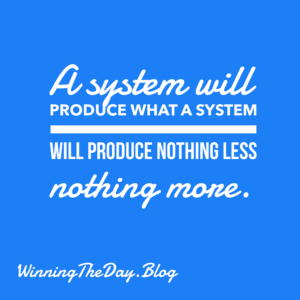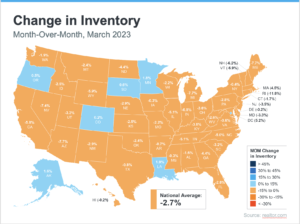Let’s cut to the chase: sales success isn’t a guessing game. It’s built on a foundation of specific, measurable skills. Consider this:
1. Business Acumen and Industry Expertise (Lead with Understanding)
We’re shifting gears. In today’s market, you don’t sell to people; you partner with them. That starts with knowing their world.
- Why It Matters:
- 74% of buyers choose reps who get their needs. (Forrester)
- 54% of B2B buyers won’t engage with reps who are clueless about their industry. (CSO Insights)
- High performers double down on research. (McKinsey & Co.)
- How to Develop:
- Become a student of your industry. Newsletters, conferences, the works.
- Research every prospect like your career depends on it.
- Speak their language. No generic pitches.
2. Confidence and Conviction (Project Certainty)
Now that you know their world, show them you can solve their problems. With confidence.
- Why It Matters:
- Buyers want confidence above all else. (LinkedIn State of Sales Report)
- Confident reps close 10-15% more deals. (Gartner)
- 58% trust those with certainty. (Salesforce Research)
- How to Project:
- Master your product. Know it inside and out.
- Use stories, not just features. Show them the impact.
- Anticipate objections. Address them head-on.
3. Disciplined Process and Consistent Follow-Through (The Backbone of Success)
Knowledge and confidence are powerful, but without a system, they’re wasted.
- Why It Matters:
- 50% of sales happen after the fifth follow-up. (Invesp)
- Process-driven reps outperform by 33%. (Harvard Business Review)
- 18% more follow up time for high performers. (InsideSales.com)
- How to Implement:
- Your CRM is your command center. Use it.
- Stick to the process. No exceptions.
- Follow up until it’s done.
4. Strategic Listening and Insightful Questioning (Uncover the Real Needs)
Now, with a process in place, it’s time to fine-tune your approach.
- Why It Matters:
- Listening reps close 25% more deals. (Gong.io)
- 57% of buyers complain about irrelevant questions. (HubSpot Research)
- talking less is a winning strategy. (Gong.io)
- How to Enhance:
- Listen more than you talk. Aim for that 43:57 ratio.
- Ask questions that dig deep. Find the pain points.
- Pause. Let them talk.
5. Resilience and Mental Fortitude (The Unwavering Drive)
Even with the best strategy, you’ll face setbacks. How you handle them defines your success.
- Why It Matters:
- Top performers handle multiple objections. (Sandler Research)
- Most reps quit too soon. (MarketingDonut)
- 60 no’s are common. (Harvard Business Review)
- How to Cultivate:
- Rejection is feedback. Use it.
- Track your progress. Stay focused.
- Build a resilient mindset.
By mastering these five strengths, in this strategic order, you’ll be equipped to achieve consistent, measurable sales success.






